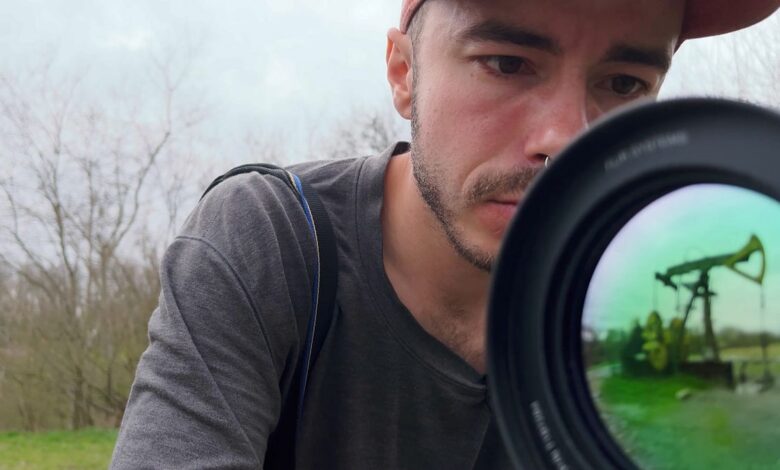Methane, Climate Eraser: Hunting for methane leak with Theo

Theobil Human-Killminot captures his suitcase, which has a special high-tech camera worth 100,000, and tells us: “Today we are going to the hunting of methane emissions in Croatia. We will analyze the oil and natural gas facilities.” Theo, a thermography technician, works in the International Climate Safety System. Already, from Romania to Spain, 500 has created “militants”, which will always find the search!
One -third of global warming is methane responsibility, and in the comparison of 20 years, the weather can be 80 times more harmful than CO2. Agriculture, poorly sealed landscapes and the use of fossil fuels are the main sources of the human appearance of the emission of this gas.
The amount of methane in the atmosphere increased by 260 %compared to the pre -industrial conditions. Since 2000, the annual increase in methane levels has been huge, and climate damage is equivalent to 350 million cars. If nothing has changed, the temperature of the earth can rise to four degrees Celsius at the end of the century.
Methane escapes occur mainly during extraction, processing, transportation, distribution and storage of natural gas. This climate is released in the atmosphere from holes and burns, as well as escapes at behavior and wrinkles.
With 159 partners, the European Union promised to reduce global methane emissions between 2020 and 2030. Methane -related EU regulatory aims to contribute to the need for this goal in the summer of 2024:
- Excellent monitoring of the organizations of companies;
- Record of total methane emission done with accuracy;
- Regular burning prohibition;
- Instant repairs for escape.
Theo established her special camera in front of a Velika Ludina processing unit, even outside the village: “I fear that we will find out that we will find the storage tanks.
Instead of reinstalling methane on the system, some companies prefer to invest in new oil and gas sectors that offer more short -term profits. The problem often lives in auxiliary contracting companies and technical knowledge and lack of hope.
Gas masks workers move between valve wheels and tanks. Theobil looks at the detector: “A escape! It’s crazy! This is intentionally. They know that they are releasing this gas.” One of the deposits is open. “They want to allow them to breathe oil,” explains the gatf expert Theo. The system is “ventilated” and methane is released in the atmosphere. “This is a restricted practice, according to the recent European regulation,” says Theo.
A few kilometers ahead of us, in the middle of the small city of Tuco seal, we invented a flame, oil extraction and a kind of “residual product” of change. Suddenly a whistle is heard and the flame is climbing to several meters high. “The practice of burning this gas is banned in the EU,” says Theo. “Methane EU has been controlled since August 2024. In this way gas burning is illegal.”
In Paris, we spoke with Tomas de Olivera Fredariool, a methane expert at the International Energy Company. How can we prevent methane emissions? “We have satellite data, but we need ground measurements,” says De Olivera. It is expected that independent research officers are involved in this process.
But is there little contact methane emission? D Olivera agrees: “If we combine official contact emission, the total value is 40 million tonnes of methane from the oil and gas sector.
What are the risks of methane? D Olivera: “To date, methane is responsible for about 30 percent of global warming. Fossil fuel methane is expected to decrease by 2030 by 2030. This is far from the required values, ie 75 % reduction.”

